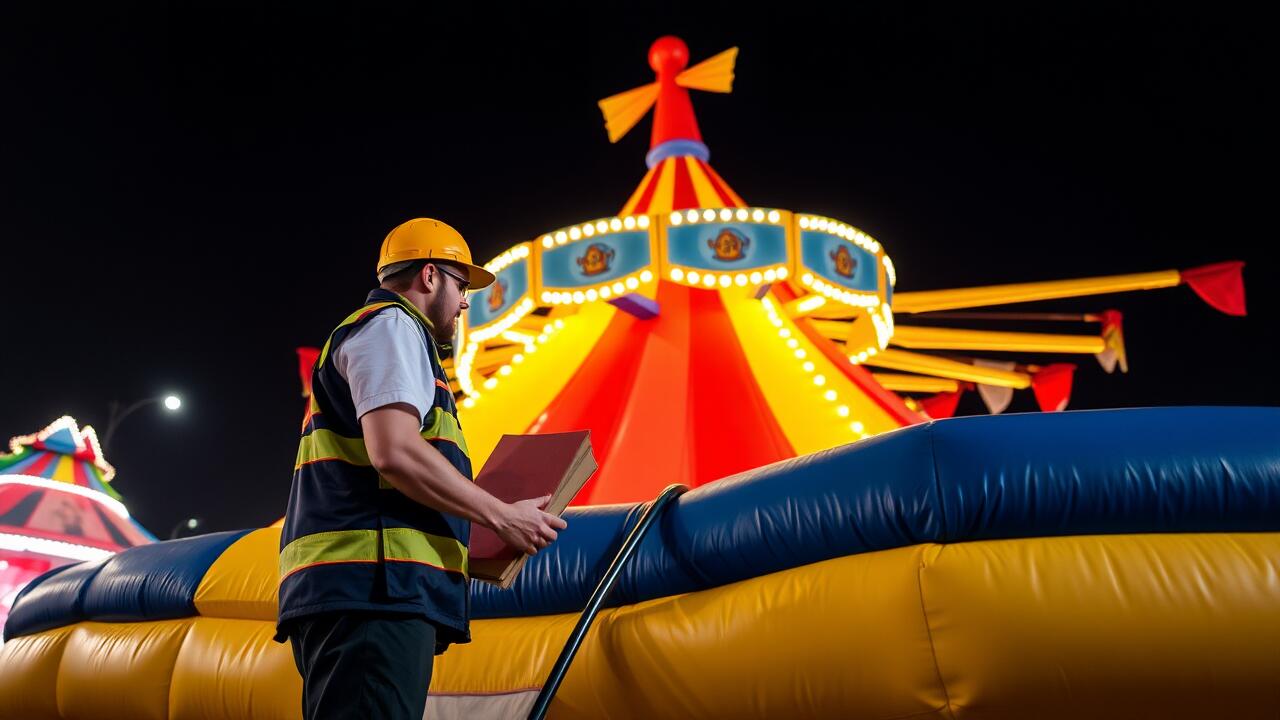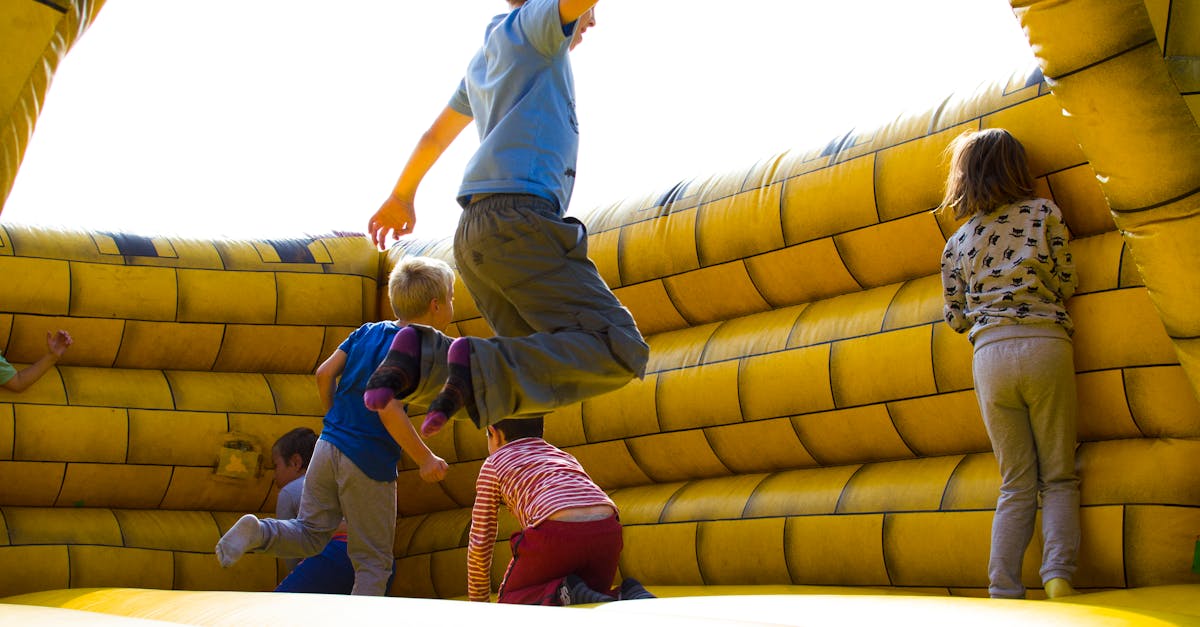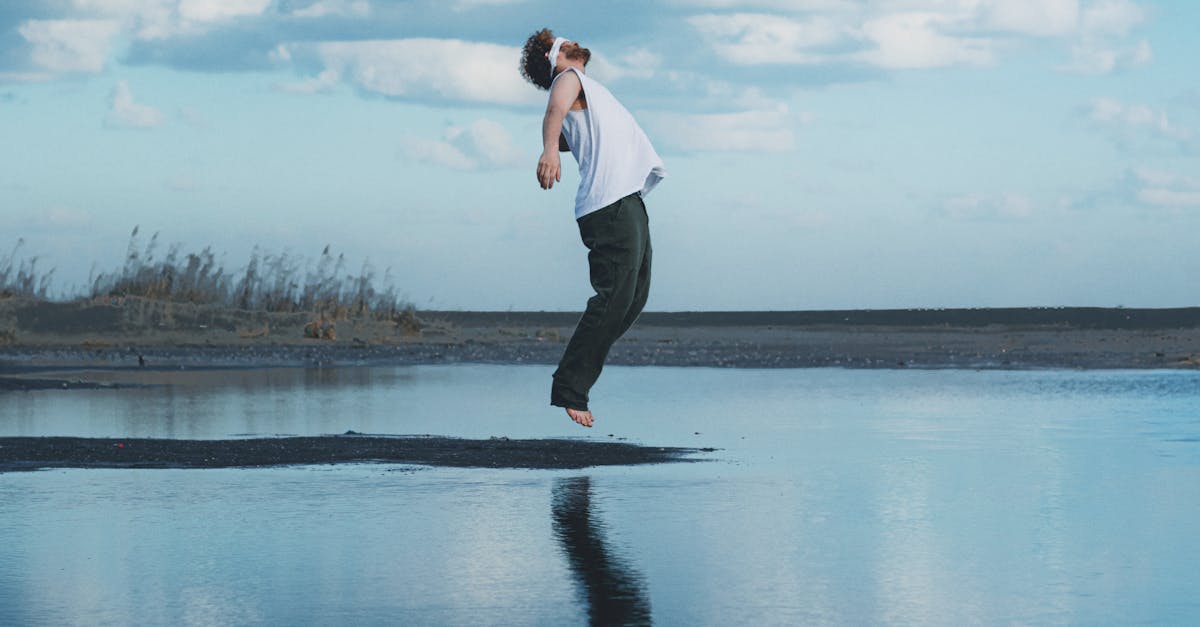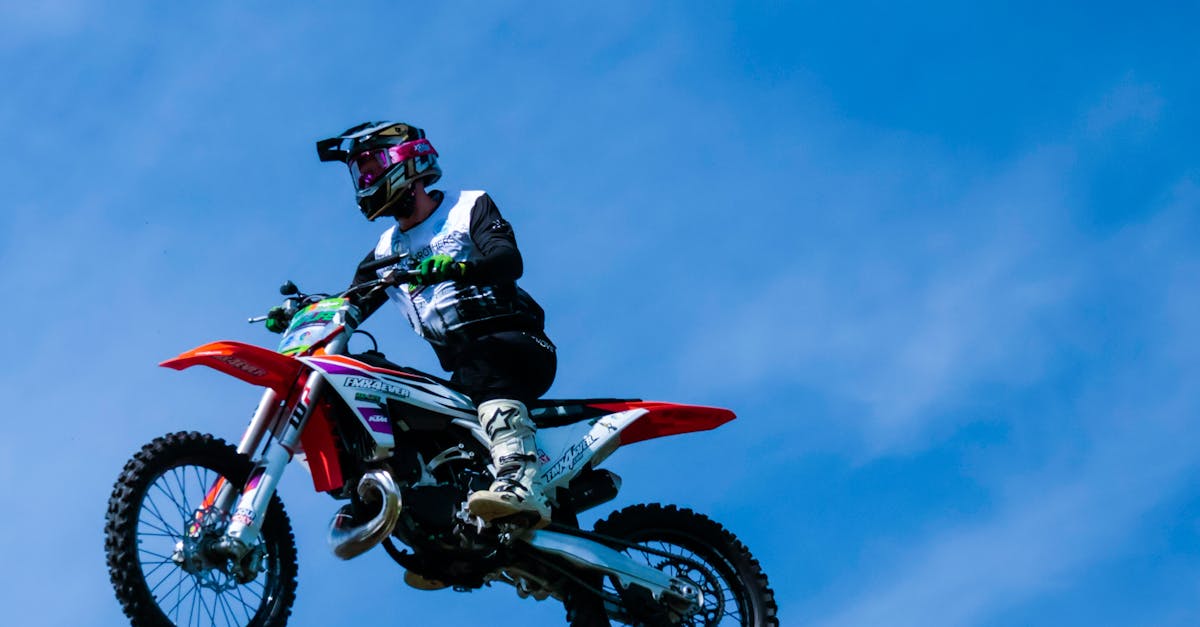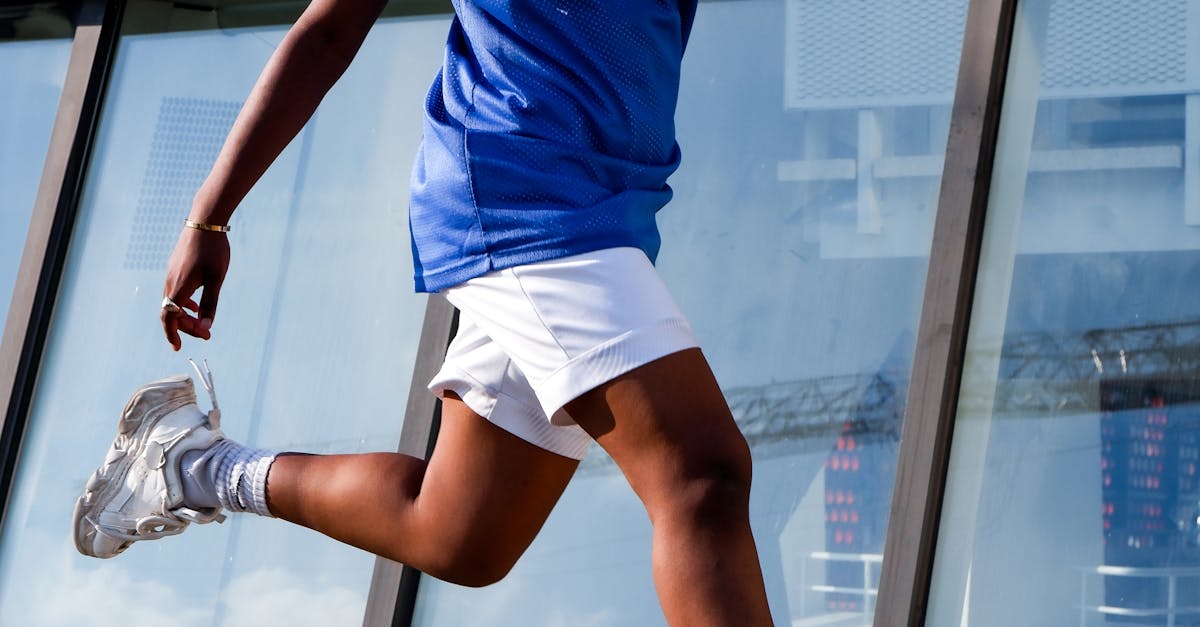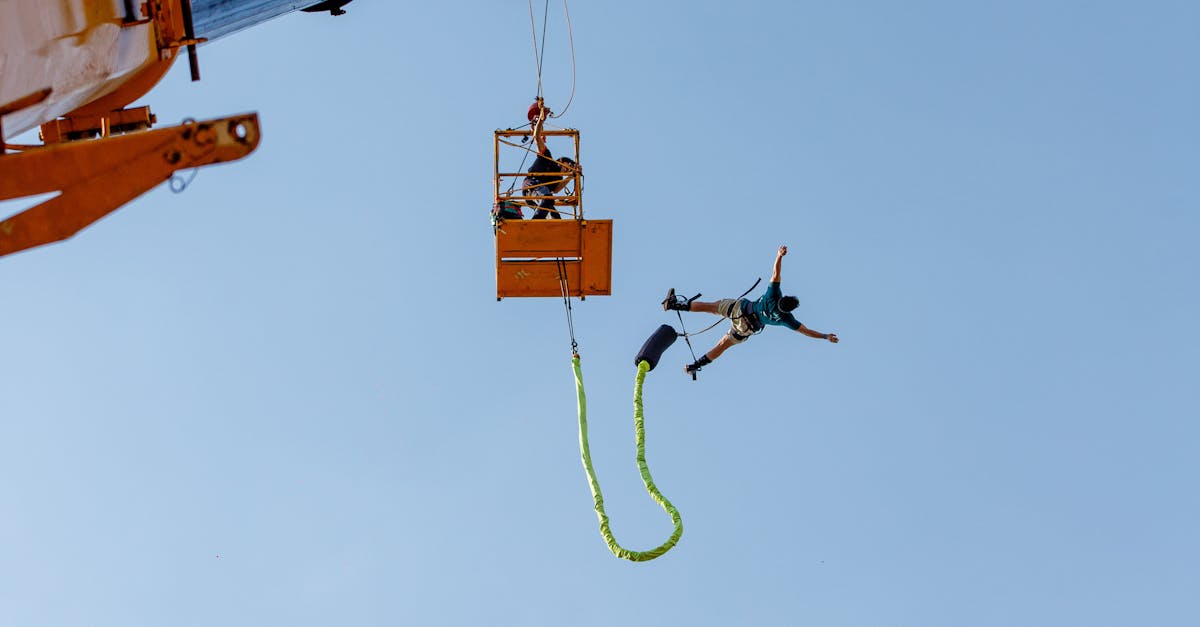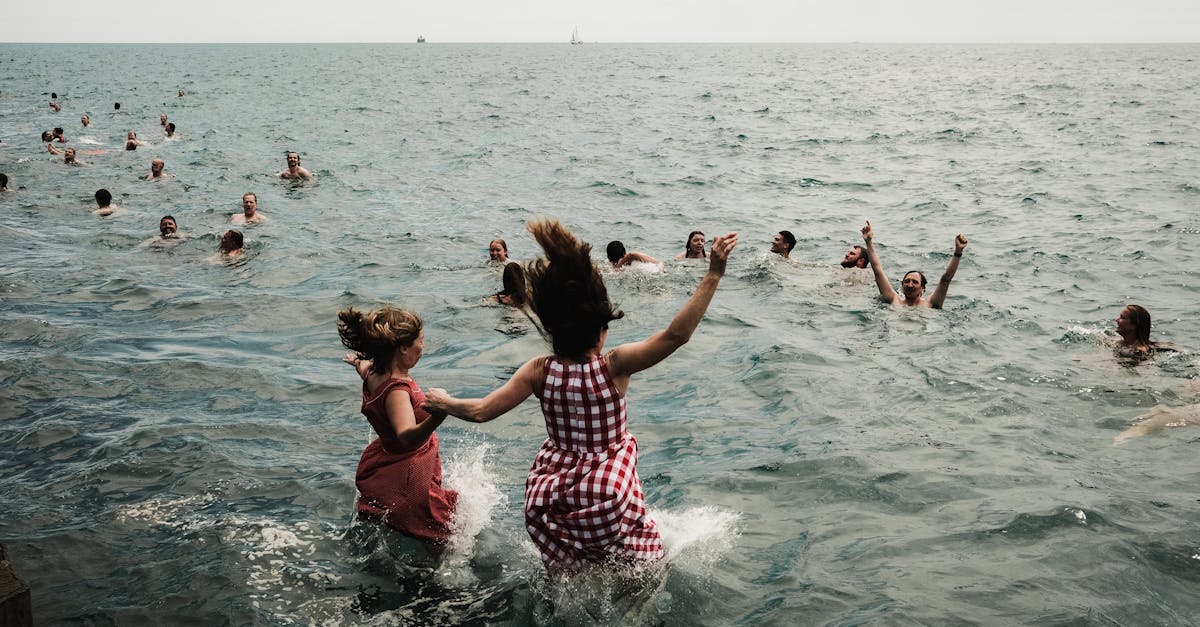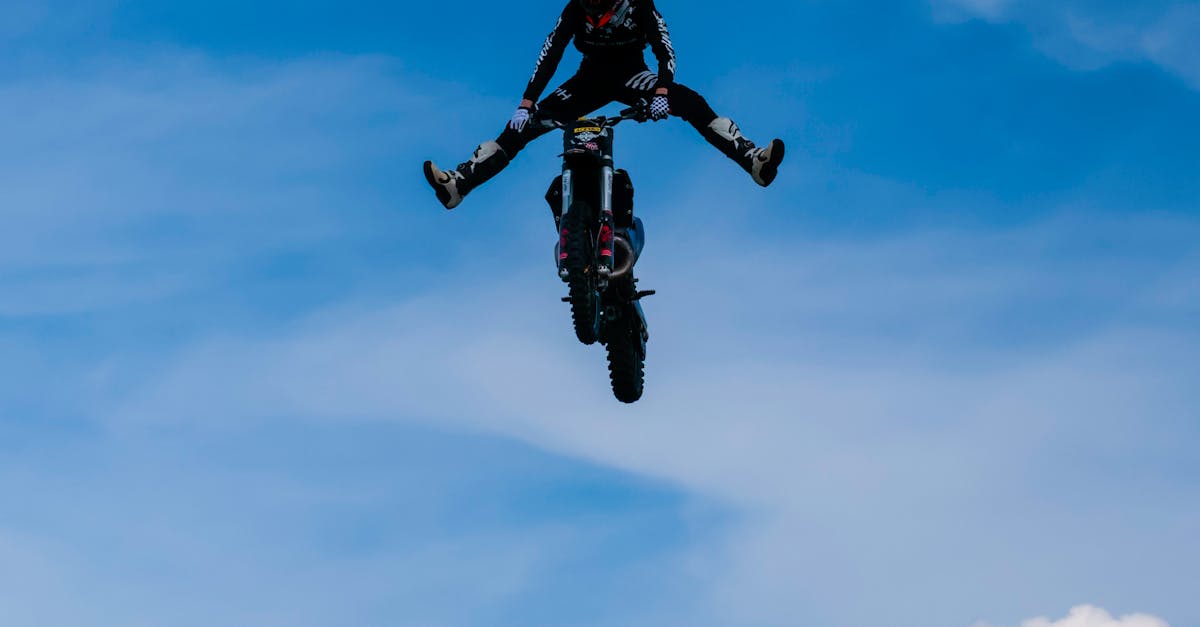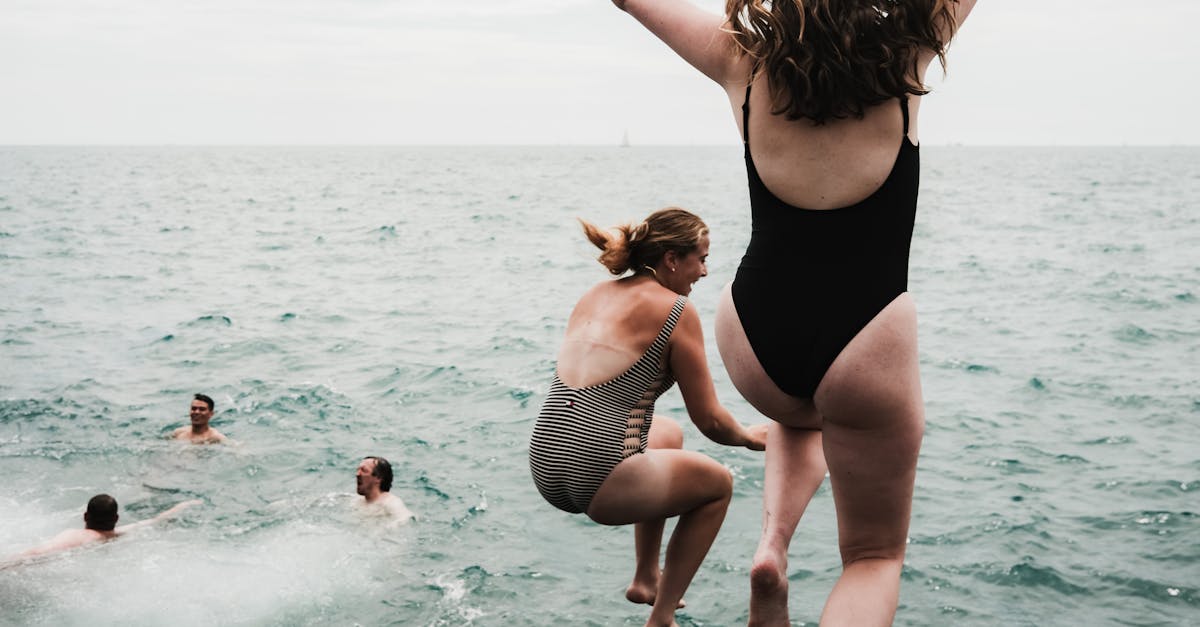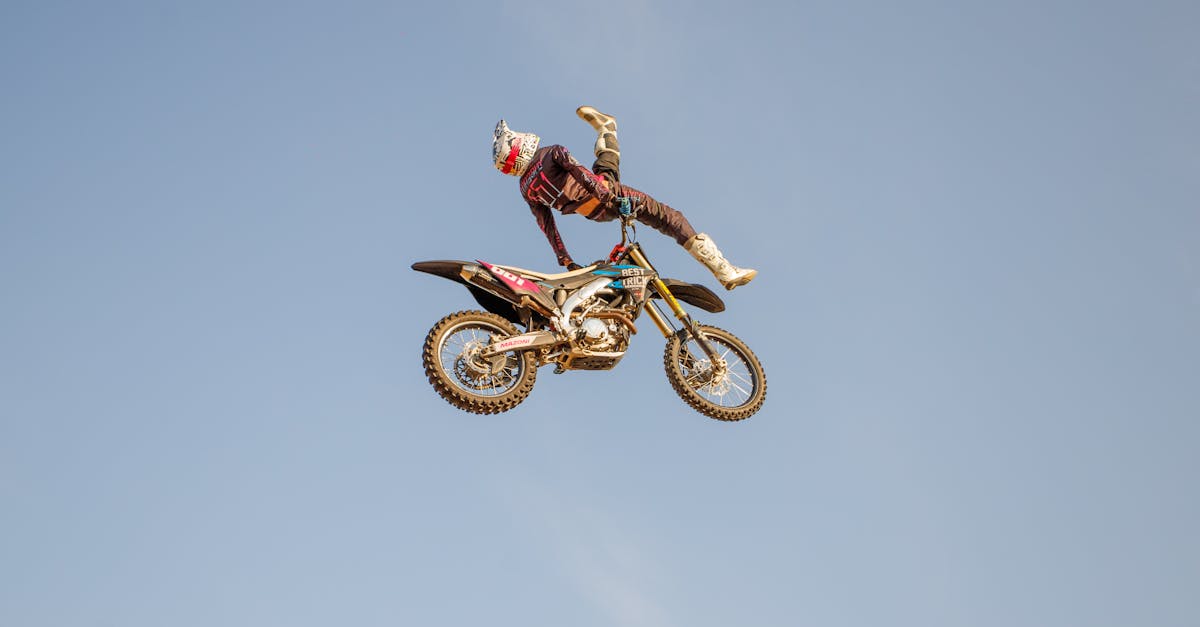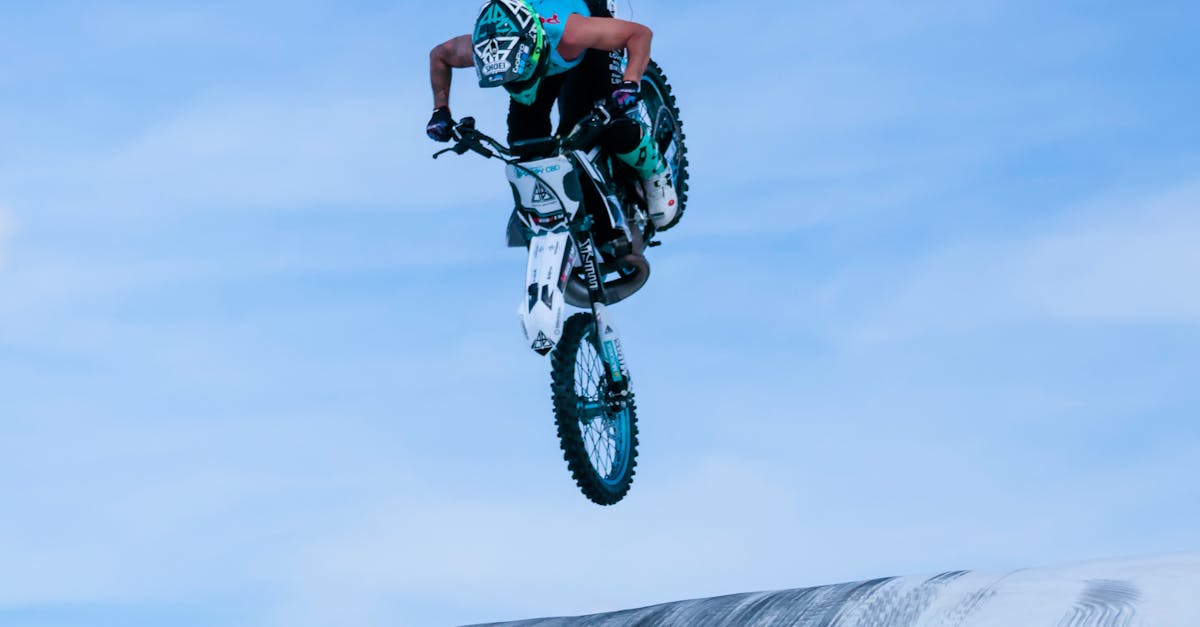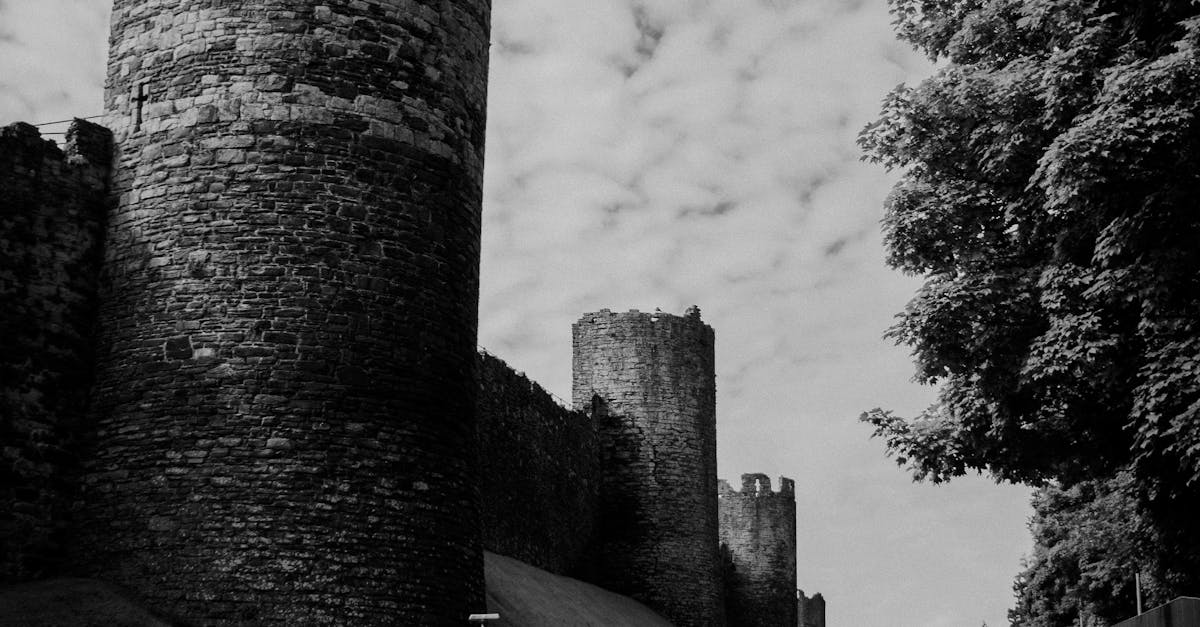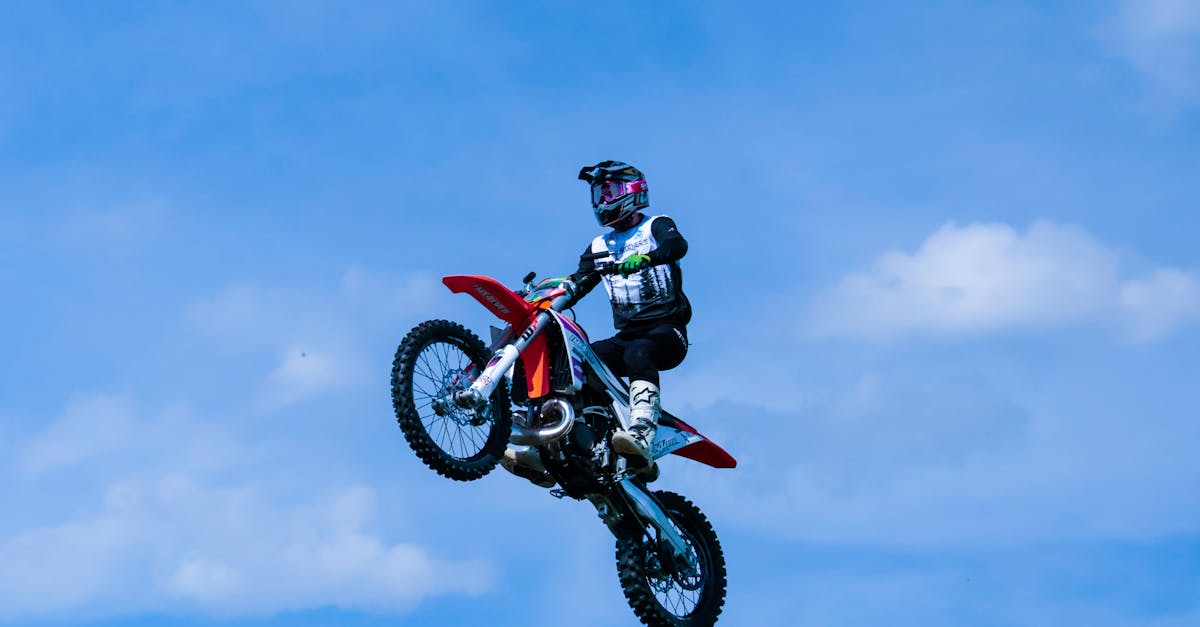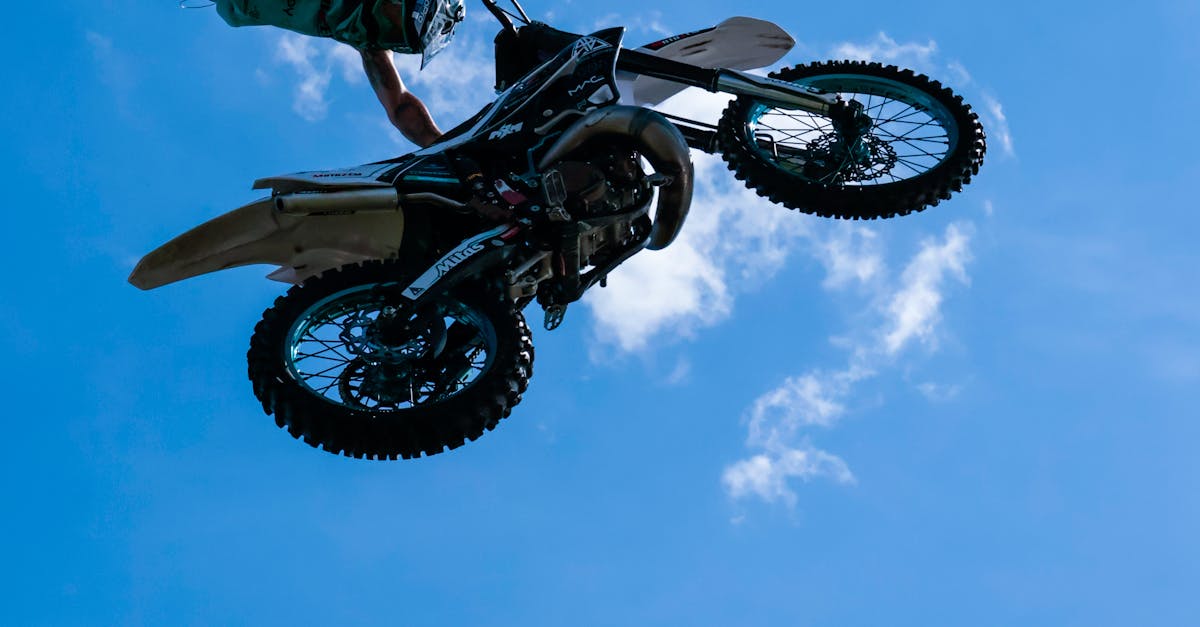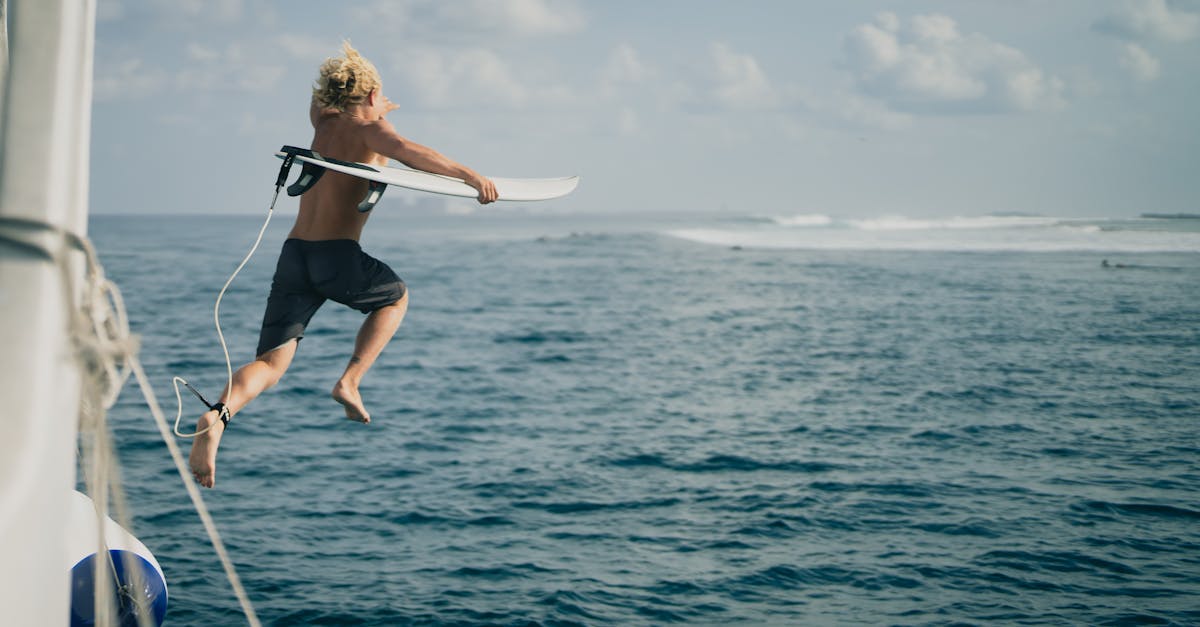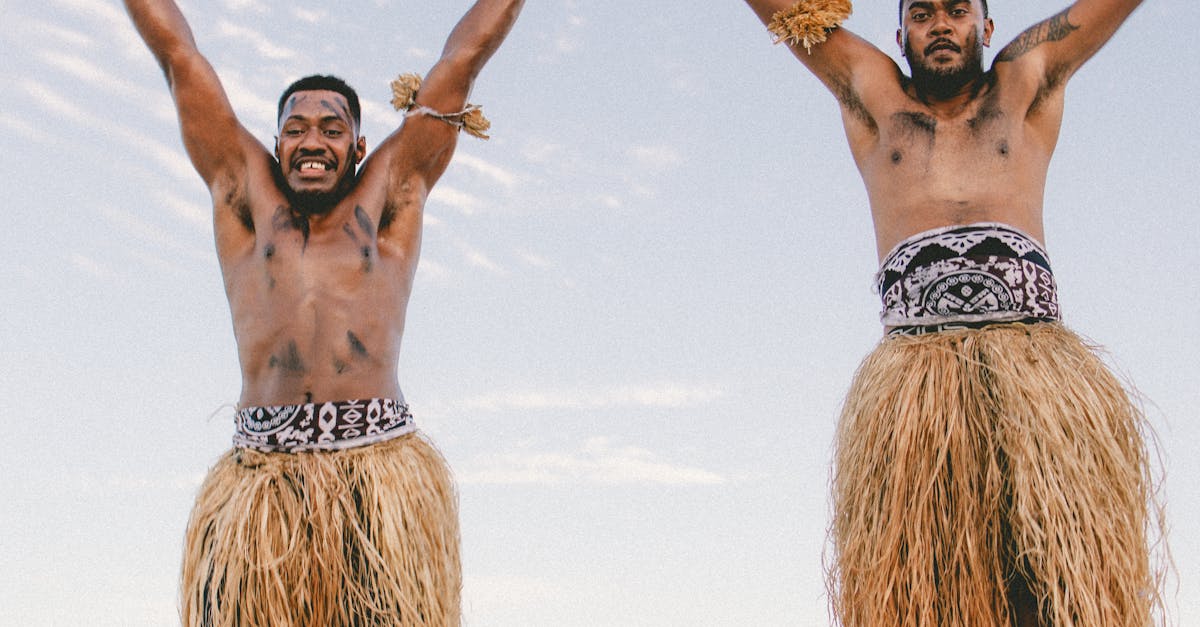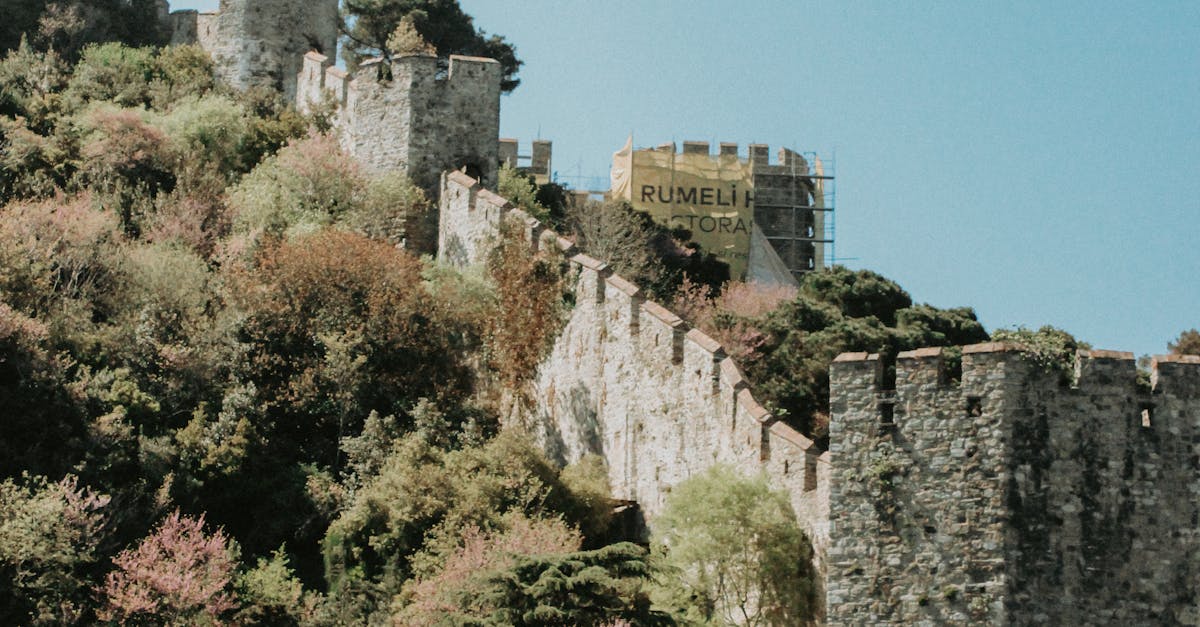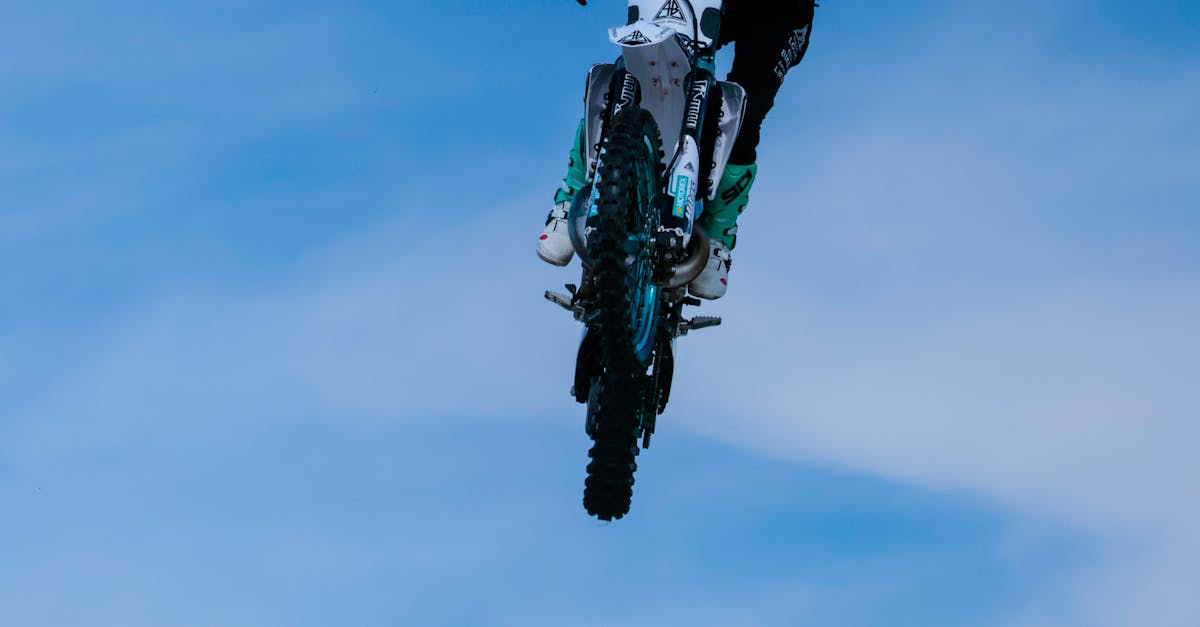
Table Of Contents
Maintenance Costs Over Time
Maintenance costs for carnival rides can fluctuate significantly based on the type of structure and the materials used in construction. Inflatables and carnival rides require regular upkeep to ensure safety and functionality. Factors such as wear and tear from daily use, exposure to weather elements, and the frequency of high-traffic events can contribute to ongoing expenses. General maintenance tasks may include inspections, repairs, and replacement of parts that have shown signs of deterioration.
The frequency of maintenance checks also impacts long-term costs. It is advisable to follow a strict schedule for routine inspections, as neglecting potential issues can lead to more severe damage and increased repair costs down the line. Inflatables and carnival rides may require different approaches to maintenance, taking into account their unique operational characteristics. By adhering to preventative maintenance practices, owners can manage expenses more effectively while ensuring a reliable and safe experience for visitors.
Routine Inspection Requirements
Routine inspections are a crucial aspect of maintaining safety standards for inflatables and carnival rides. These inspections are often mandated by local and state regulations, requiring operators to conduct thorough checks on all equipment before it is used. This includes examining structural integrity, safety restraints, and ensuring that mechanical components are in good working order. Regularly scheduled inspections help identify potential hazards and allow for timely repairs, ultimately protecting both the patrons and the investment made in the rides.
The frequency of these inspections can vary based on the type of ride and its location. Some jurisdictions may require daily checks for inflatables and carnival rides, especially during peak seasons when usage levels are high. Other areas might have different protocols, potentially opting for weekly or monthly inspections depending on past performance and incident reports. Operators should stay informed about their specific requirements to ensure compliance and maintain the safety reputation of their attractions.
Location and Its Impact on Costs
The location of a carnival can significantly influence the overall cost of building and maintaining rides. Areas with higher foot traffic, such as urban centres, often come with increased costs due to premium rental spaces and stricter regulatory requirements. In contrast, rural areas may offer more affordable land options and lower compliance costs, but attendance can be less predictable, affecting the potential return on investment.
Inflatables and carnival rides also differ in their financial implications based on location. In urban settings, these attractions may require robust safety features and frequent inspections to meet local regulations, adding to overall expenses. Rural locations may have more lenient requirements, but the lack of infrastructure can lead to additional logistical costs, such as transport and setup. The choice of location ultimately plays a critical role in determining the financial viability of the carnival venture.
Urban vs. Rural Settings
The location of a carnival can significantly influence the cost of building and maintaining rides. In urban settings, space is often at a premium, which can drive up the cost of land acquisition and rental. Additionally, local regulations in cities may require more stringent safety standards and inspections, adding to operational expenses. Higher foot traffic in urban areas can justify these costs, providing greater income potential for attractions. However, the overall investment in inflatables and carnival rides must be carefully calculated to ensure profitability.
Rural settings typically offer more affordable land options and fewer regulatory hurdles. In these locations, operators may find it easier to establish longer-term arrangements without facing the high overheads associated with urban centres. While the lower population density may limit immediate customer access, rural locations can cultivate a loyal local following, especially if they offer unique attractions. The variety and selection of inflatables and carnival rides may need to be tailored to suit regional preferences, potentially impacting initial investment and ongoing growth strategies.
Custom vs. OfftheShelf Rides
Custom rides offer an opportunity to create unique attractions tailored to specific themes or target audiences. Building a ride from the ground up allows for innovative designs that can enhance the overall carnival experience. However, this option comes with significantly higher costs in both development and maintenance. Additionally, the process can take time, requiring skilled designers, engineers, and specialised manufacturers. Custom rides may also demand more rigorous testing to ensure safety and compliance with regulations.
On the other hand, off-the-shelf rides provide a more cost-effective solution for operators looking to quickly expand their offerings. These rides are pre-designed and manufactured, leading to a shorter installation timeframe. Many off-the-shelf options cover various attractions, including inflatables and carnival rides, making it easier to attract diverse crowds. While these rides may lack the unique flair of custom designs, they often come with a proven track record of safety and reliability, making them a popular choice for many carnival operators.
Pros and Cons of Each
Opting for off-the-shelf rides often means lower initial costs and quicker installation times. These rides typically adhere to standard safety regulations, offering peace of mind about compliance. Variety is another advantage, with many available designs meant to appeal to a broad demographic. However, the lack of uniqueness can hinder an operator's ability to distinguish themselves from competitors.
Custom rides present an opportunity for innovation and branding, tailoring experiences specifically to a target audience. While the initial costs can be significantly higher, the potential for greater revenue through unique attractions is appealing. On the downside, custom builds require more extended periods for design and construction, potentially delaying opening times. Inflatables and carnival rides highlight the need for careful planning, ensuring safety and enjoyment remain paramount regardless of the choice made.
FAQS
What is the average cost of building a carnival ride?
The average cost can vary widely depending on the type of ride, materials used, and customisation. Generally, prices can range from tens of thousands to several million dollars.
Are there ongoing costs associated with carnival rides?
Yes, there are ongoing maintenance, inspection, and operational costs. Regular maintenance ensures safety and longevity, while routine inspections are required by law.
How do location and environment affect the cost of building a carnival ride?
Location plays a significant role; urban areas may have higher costs due to land prices, permits, and regulations, while rural settings might lower some expenses but could impact customer traffic.
What are the benefits of custom carnival rides compared to off-the-shelf options?
Custom rides can be tailored to fit specific themes and customer preferences, offering a unique experience. Off-the-shelf rides are typically more affordable and quicker to procure but may lack uniqueness.
What additional factors should I consider when budgeting for a carnival ride?
Besides the initial construction costs, consider factors like insurance, staffing, storage, transportation, and long-term maintenance and repair costs to get a comprehensive budget.
